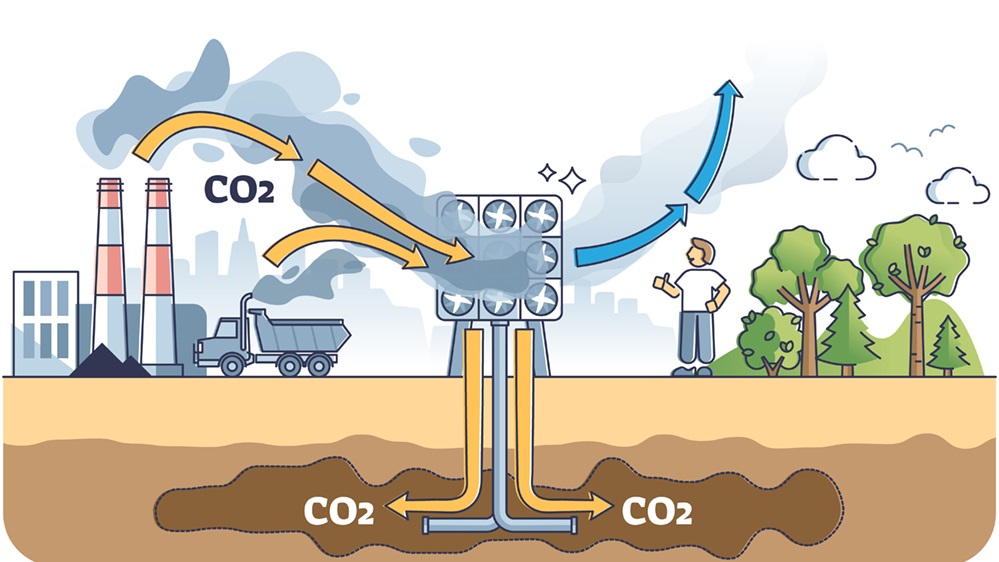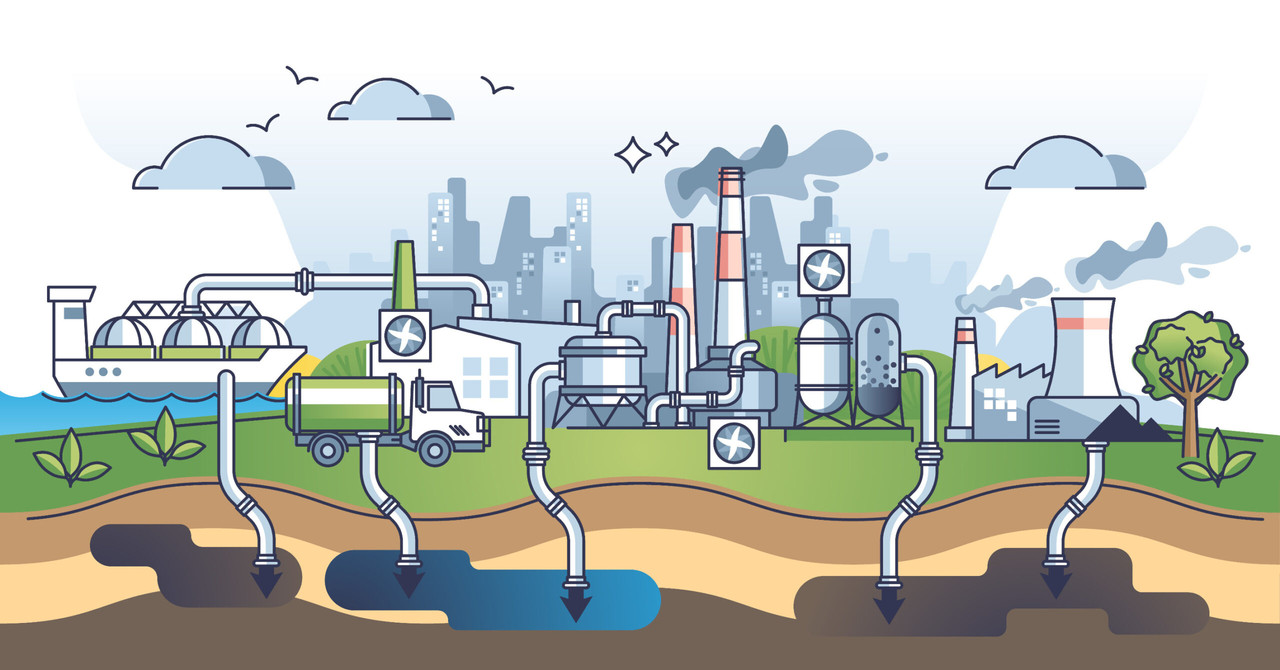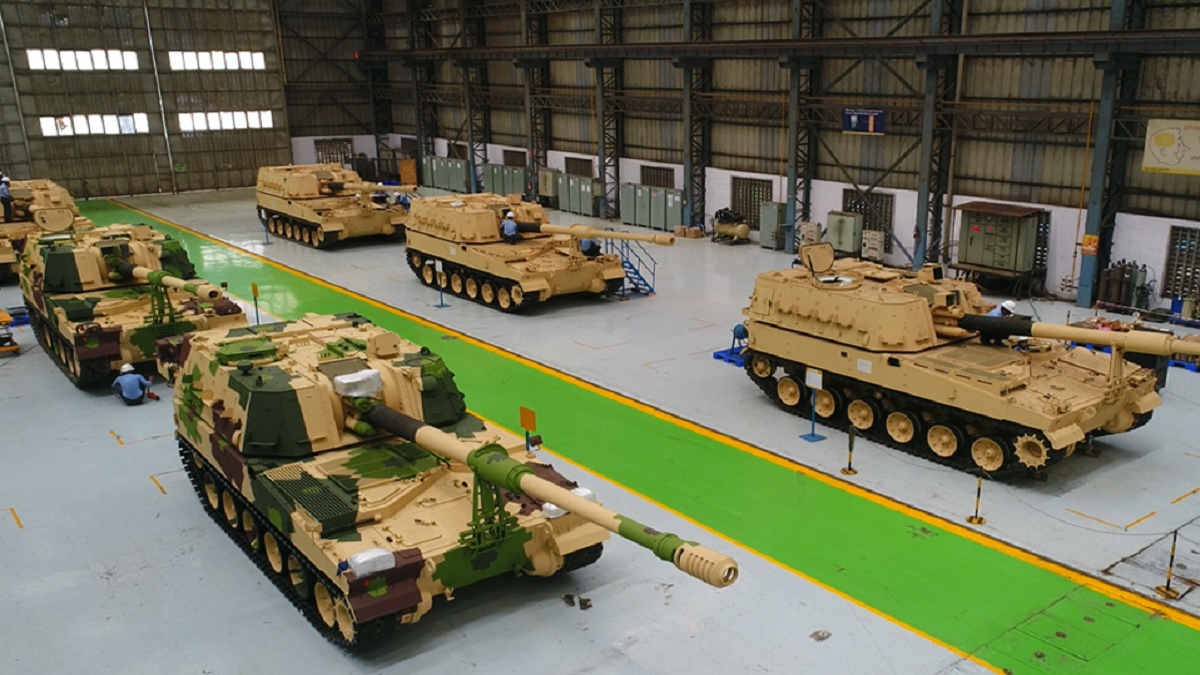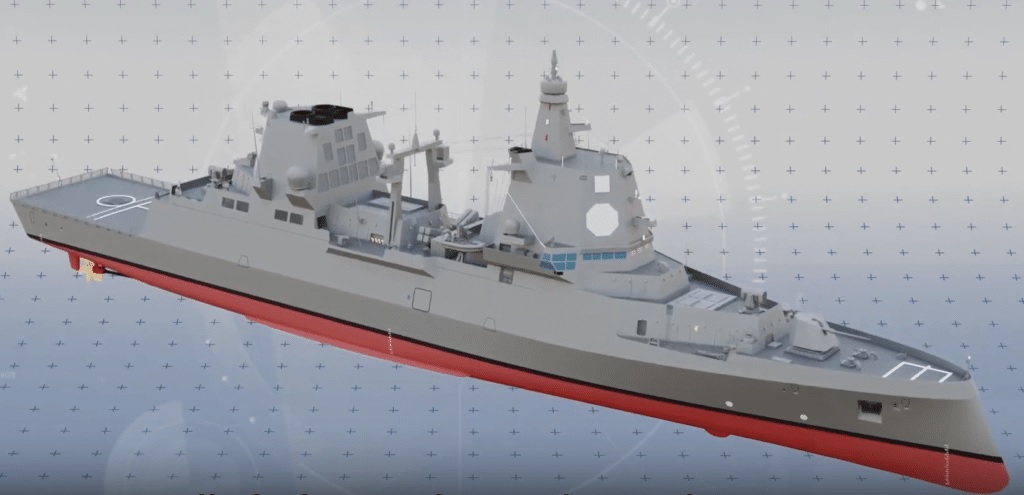Carbon Capture and Utilization: Harnessing Innovation for Climate Mitigation

Science News
World
Carbon capture and utilization (CCU)
represent pivotal strategies in the fight against climate change, aiming to
mitigate greenhouse gas emissions by capturing carbon dioxide (CO2) from
industrial processes and utilizing it in various applications. By repurposing
CO2 as a valuable resource rather than a waste product, CCU technologies offer
a dual benefit of reducing emissions and creating economic opportunities. In this
comprehensive report, we delve into the principles of carbon capture and
utilization, innovative technologies, applications, challenges, and future
prospects.
Principles
of Carbon Capture and Utilization
Carbon capture and utilization involve
capturing CO2 emissions from industrial sources, such as power plants and
manufacturing facilities, and converting them into useful products or
materials. Key principles include:
Capture
Technologies: Carbon capture technologies encompass
a range of methods for capturing CO2 emissions from flue gases, industrial
processes, and ambient air. These technologies include post-combustion capture,
pre-combustion capture, and oxy-fuel combustion, each tailored to specific
industrial applications. Post-combustion capture involves capturing CO2 from
exhaust gases using sorbents or solvents, while pre-combustion capture
separates CO2 from fuel gases before combustion. Oxy-fuel combustion replaces
air with oxygen in the combustion process, enabling the capture of pure CO2
from flue gases.
Utilization
Pathways: Once captured, CO2 can be utilized in
various pathways, including chemical conversion, mineralization, and biological
fixation. Chemical conversion involves transforming CO2 into value-added
chemicals, fuels, or materials through catalytic processes, such as
hydrogenation, methanation, or carbonation. Mineralization involves reacting
CO2 with metal oxides or silicates to form stable carbonate minerals, which can
be used in construction materials or stored underground. Biological fixation
utilizes photosynthetic organisms, such as algae or bacteria, to convert CO2
into biomass or biofuels through photosynthesis or fermentation.
Integration with Renewable Energy: Carbon capture and utilization can be integrated with renewable energy sources, such as solar and wind power, to create carbon-neutral or carbon-negative processes. Renewable energy can power CO2 capture technologies, reducing the carbon footprint of CCU processes and enabling the utilization of renewable energy in the production of synthetic fuels, chemicals, and materials.

Carbon Capture and Storage
Innovative
Technologies in Carbon Capture and Utilization
A myriad of innovative technologies are
emerging in the field of carbon capture and utilization, including:
Direct
Air Capture (DAC): Direct air capture technologies
utilize sorbents or chemical reactions to capture CO2 directly from ambient
air. These technologies offer the potential to remove CO2 from the atmosphere
at scale, mitigating emissions from hard-to-decarbonize sectors such as
aviation, shipping, and agriculture.
Carbon
Capture and Utilization in Cement Production:
Cement production is a major source of CO2 emissions due to the calcination of
limestone during the manufacturing process. Carbon capture technologies
integrated with cement plants can capture CO2 emissions from flue gases and
utilize them in the production of construction materials, such as aggregates or
concrete blocks, thereby reducing the carbon footprint of the cement industry.
Carbon-to-Chemicals: Carbon-to-chemicals technologies convert CO2 into valuable
chemicals and fuels through electrochemical or catalytic processes.
Electrochemical reduction of CO2 using renewable electricity can produce fuels
such as methane, ethanol, or formic acid, while catalytic conversion routes
enable the synthesis of methanol, olefins, or polymers from CO2 feedstocks.
Biological
Carbon Fixation: Biological carbon fixation
utilizes microorganisms, plants, or algae to capture and convert CO2 into
biomass or biofuels through photosynthesis or fermentation. Algae-based systems
can sequester CO2 from industrial flue gases and convert it into biomass for
biofuel production, offering a sustainable pathway for carbon utilization and
renewable energy production.
Applications
of Carbon Capture and Utilization
Carbon capture and utilization have diverse
applications across various sectors, including:
Enhanced
Oil Recovery (EOR): Captured CO2 can be utilized
for enhanced oil recovery (EOR) in mature oil fields, where it is injected
underground to increase oil production by displacing residual oil trapped in
the reservoir. EOR not only maximizes oil recovery but also sequesters CO2
permanently underground, mitigating emissions and extending the lifespan of oil
fields.
Carbon-Neutral
Fuels: CO2-based fuels, such as synthetic methane,
methanol, or dimethyl ether (DME), can be produced through carbon capture and
utilization pathways. These fuels can be used as drop-in replacements for
conventional fossil fuels in transportation, heating, and power generation
applications, offering a pathway to decarbonize the energy sector and reduce
reliance on fossil fuels.
Carbon-Negative
Materials: Carbon capture and utilization enable
the production of carbon-negative materials, such as carbon-negative concrete,
aggregates, or building materials. Incorporating captured CO2 into construction
materials not only reduces the carbon footprint of the construction industry
but also sequesters CO2 permanently in durable structures, contributing to
climate mitigation efforts.
Chemical
Feedstocks: CO2 can serve as a feedstock for the
production of chemicals, polymers, and plastics through chemical conversion
pathways. By utilizing CO2 as a raw material, the chemical industry can reduce
its dependence on fossil fuels and mitigate emissions while producing
value-added products for various industrial applications.
Challenges
and Future Directions
Despite the potential of carbon capture and
utilization, several challenges must be addressed to realize widespread
deployment and commercialization:
Cost
and Scalability: The cost of carbon capture and
utilization technologies remains a significant barrier to widespread adoption,
particularly for direct air capture and utilization pathways. Research and
development efforts are needed to reduce the capital and operating costs of CCU
processes and scale up deployment to industrial levels.
Policy
and Regulatory Frameworks: Policy support,
incentives, and regulatory frameworks are essential to incentivize investment
in carbon capture and utilization technologies and create markets for
CO2-derived products. Carbon pricing mechanisms, tax credits, and subsidies can
stimulate private sector investment in CCU projects and accelerate
commercialization efforts.
Infrastructure
and Supply Chain: The development of infrastructure
and supply chains for carbon capture, transport, and utilization is crucial for
enabling widespread deployment of CCU technologies. Infrastructure investments,
such as CO2 pipelines, storage facilities, and distribution networks, are
needed to support the integration of CCU processes with existing industrial
infrastructure and supply chains.
Public
Acceptance and Stakeholder Engagement: Public
acceptance and stakeholder engagement are essential for the successful
deployment of carbon capture and utilization projects. Educating the public
about the benefits of CCU technologies, addressing concerns about safety,
environmental impact, and land use, and engaging with local communities and
stakeholders are critical for building trust and gaining social license for CCU
initiatives.
Research
and Innovation: Continued research and innovation
are needed to advance carbon capture and utilization technologies, improve
efficiency, develop novel catalysts and materials, and explore new utilization
pathways. Collaborative research efforts, public-private partnerships, and
interdisciplinary collaborations can drive innovation and accelerate the
development and deployment of CCU solutions.
Editor’s
Thoughts:
Carbon capture and utilization represent
promising pathways for mitigating greenhouse gas emissions, reducing reliance
on fossil fuels, and creating economic opportunities. By capturing CO2
emissions from industrial sources and converting them into valuable products
and materials, CCU technologies offer a sustainable approach to addressing
climate change and transitioning to a low-carbon economy. Despite the
challenges posed by cost, policy, infrastructure, and public acceptance, the
continued advancement of carbon capture and utilization holds the potential to
play a significant role in achieving global climate goals and fostering a more
sustainable future.


